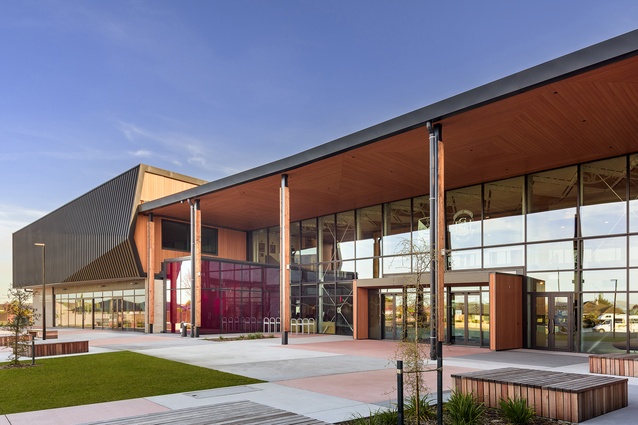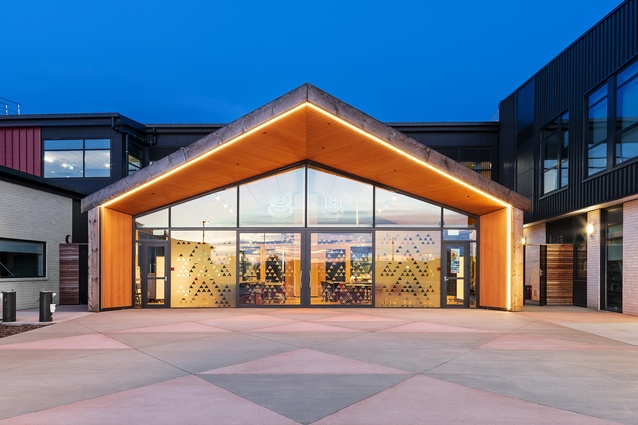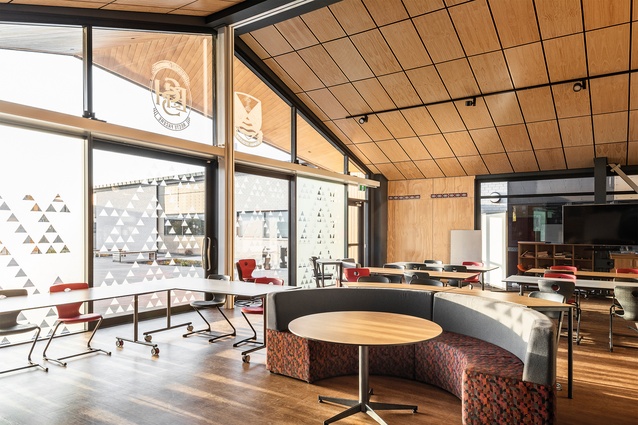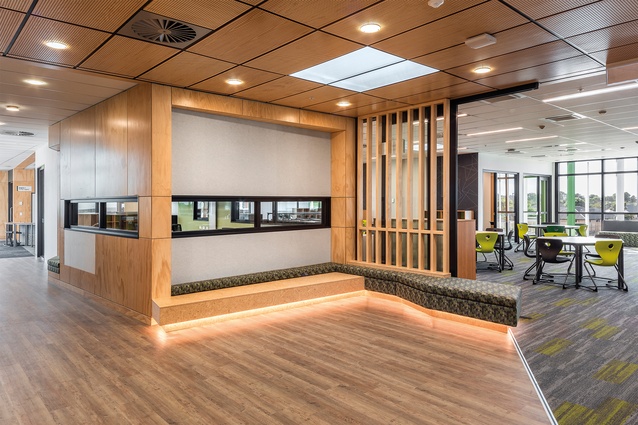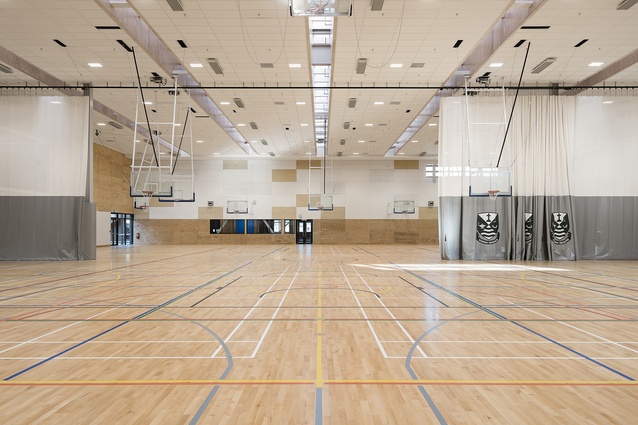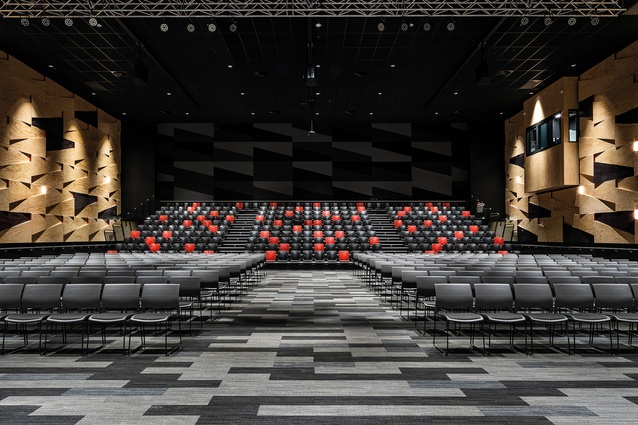Together but apart
Interior solutions were used in this Christchurch campus to co-locate two, single gender schools - Christchurch’s Shirley Boys’ High School and Avonside Girls’ High School - and mitigate an age-old battle of the sexes.
The brief was complicated to say the least: to co-locate Christchurch’s Shirley Boys’ High School and Avonside Girls’ High School; two single-sex schools with almost 150 years of history between them, each with a fairly conservative outlook and pedagogy.
According to John Sofo, director of ASC Architects, the firm that eventually carried out its design, there was a large and vociferous group of people that was “staunchly firm that they wanted to remain identifiably separate, with separate cultures, separate ways of working and physically divided”.
To add to this complexity, the project was conceived under the Public Private Partnership model, which, in broad terms, requires the architect, alongside other stakeholders, to act as developer and lease the asset back to the government for 20 years. Every material choice was scrutinised for longevity, calculating maintenance costs, ease of replacement, post-lease availability, etc.
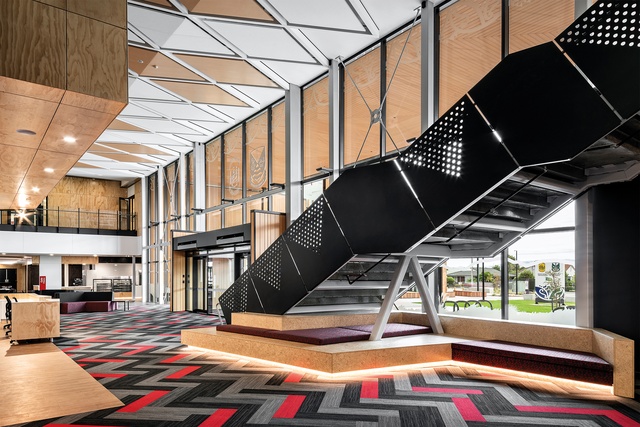
“We thought all that put together was a pretty exciting set of circumstances for competition,” says Sofo.
One of the chief and perhaps most subversive solutions to appease those resisting full integration came through interior design. “We developed a kind of planning strategy that allowed [each school] to teach in very different ways and for them to evolve without really having to alter the buildings. We also challenged, culturally, what it means to be connected but disconnected.”

“The idea being that there is a natural attraction between young boys and young girls, and there’s nothing that you can do to separate them. So we said, ‘what we can do is make spaces where that can happen naturally and happen in a positive way’”, says the architect.
The new campus provides approximately 22,000m² of built area and effectively operates in three zones. The arrival sequence clearly divides the boy’s school (to the left) from the girl’s (to the right). Although some experts were advising for different, gender-based levels of robustness and materiality to each school, Sofo calls this “culturally wrong”, and a move that would have defeated the purpose of potential future connectivity between the two schools.

To instigate that architecturally-chaperoned intermingling, the designers introduced porosity through the centre spine. All the high-service spaces (science labs, technology labs, library, gyms, a theatre) were placed along the middle; the idea being that the school could, initially, share technicians, equipment, specialists and administrative staff and eventually this would lead to deeper collaboration between the two schools.
Through this spatial diplomacy, the designer’s aim of ‘together but apart’ has started to bear fruit. Most notable and perhaps most fitting for this institutional ‘battle of the sexes’: classes about Shakespeare’s work and their corresponding performances are now co-ed. The Bard would be proud.

